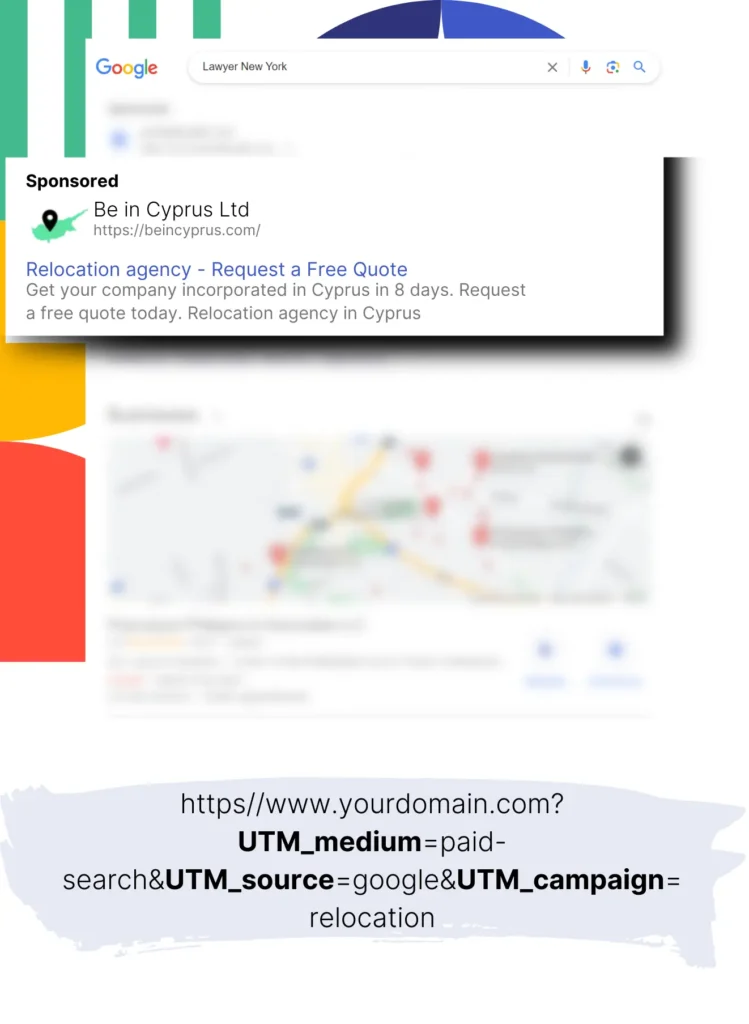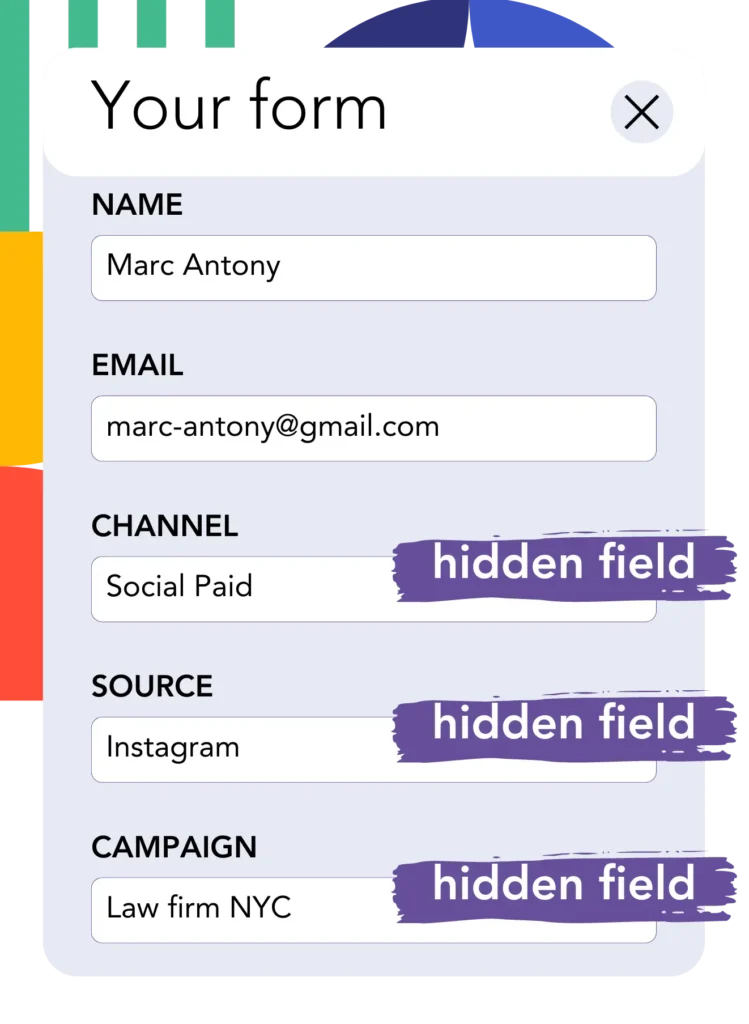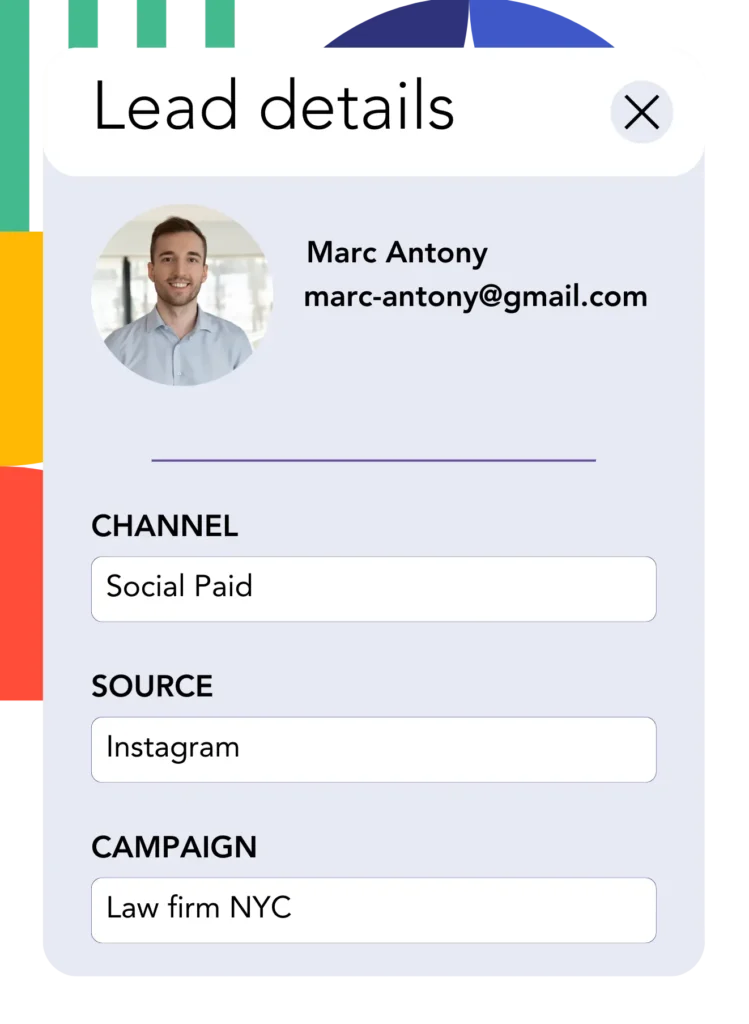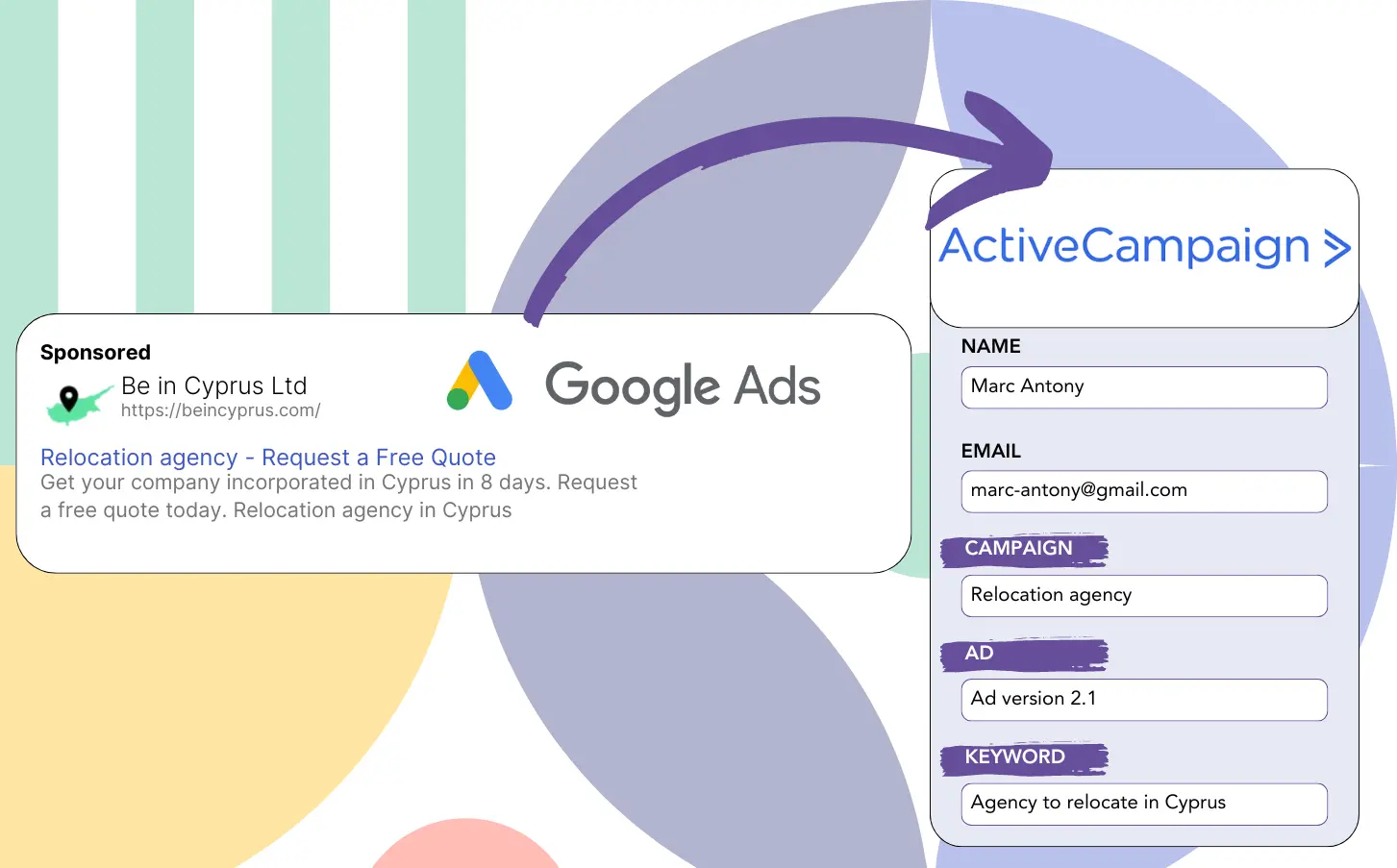Are you depending on Google Ads for lead generation but unclear about the effective campaigns?
This problem is common. Google Ads displays the number of leads per campaign, ad, or keyword but not on a lead by lead basis.
Thus, you can’t identify the specific campaign, ad, or keyword that resulted in leads converting to customers.
LeadSources tackles this challenge.
LeadSources allows for detailed tracking of Google Ads data (campaign, ad, keyword, etc.) on a lead by lead basis.
Adding leads to ActiveCampaign CRM allows you to track Google Ads data (campaign, ad, keyword, etc.) for leads that turned into clients.
You can then run reports like: Keywords that generated the greatest number of clients… and make decisions on which keywords to promote or phase out.
Let’s take a closer look!
Capture Google Ads lead data in ActiveCampaign CRM in 4 steps
Step 1: Add Leadsources in the head tag of your website

Sign up to Leadsources.io, and benefit from our 14-day free trial.
Include the LeadSources code in your site’s head tag. No coding knowledge is needed.
Simply follow this easy step-by-step guide.
Step 2: Add the UTM parameters to your Google Ads campaigns

Set up the UTM parameters you want to track in every Google Ads ad.
UTM parameters you can apply to your ad are:
- UTM_source
- UTM_campaign
- UTM_term
- UTM_content
LeadSources records data not included in UTM parameters, such as channel, landing page, and landing page subfolder, for a thorough lead level perspective.
Step 3: Add the hidden fields to your form

As visitors complete your form (name, email, etc.), LeadSources automatically populates the hidden fields with details from Google Ads (campaign, ad, keyword, landing page, etc.).
Add hidden fields to your form to capture your UTM parameters. We provide an easy-to-follow guide for all form builders, with no coding required.
Step 4: Track the Google Ads data in ActiveCampaign CRM

When a user clicks through your Google Ads ad and arrives at your page, LeadSources tracks the relevant Google Ads data (campaign, ad, keyword, landing page, etc.).
LeadSources automatically inputs Google Ads data into the hidden fields of your form.
When the form is submitted, Google Ads data and responses can be passed to ActiveCampaign CRM. You need to connect your form to ActiveCampaign CRM for this functionality.
How does Leadsources work?
By inserting the LeadSources code into your website’s head tag, it will read and log Google Ads data (UTM parameters and referrer) for every visitor.
The Google Ads data is stored in the form’s hidden fields.
If UTM parameters are missing in the URL, LeadSources will continue to collect visitor data using the referrer:
- Channel
- Source
- Campaign
- Landing page
- Landing page subfolder
Using this method, you can still monitor important lead source details even if UTM parameters are missing, including:
- On Google Search
- On your Instagram bio link
- On your social media posts
- Etc.
Most tools monitor lead sources through UTM parameters only, but LeadSources also tracks lead data for channels without UTM parameters:
- Organic Search
- Paid Search
- Organic Social
- Paid Social
- Referral
- Affiliate
- Display Advertising
- Direct Traffic
This facilitates the integration of precise lead source data into a unified central location.
How to run performance reports
With your Google Ads data in ActiveCampaign CRM, you can now create detailed performance reports such as:
- Leads per channel
- Revenue per channel
- Revenue per keyword
- Etc.
This facilitates well informed decisions regarding your marketing financial commitments.
Let’s outline the various reports you can create.
Lead performance reports
You can prepare reports reflecting the lead volume generated by:
- Channel
- Source
- Campaign
- Landing page
- Landing page subfolder
Example #1
Collect data from campaigns across different channels (like SEO, PPC, email, etc.) and create a report called “Leads by Channel.”

Example #2
After finding the channel that yields the highest lead count (e.g., Google Ads), you can refine your analysis by selecting it to view lead counts for each specific ad campaign.

Example #3
Once you’ve found the campaign with the most leads, you can look into which specific keywords are contributing to this lead generation.

Sales performance report
It’s helpful to identify the ads and keywords with the most leads, but does this also reflect an increase in revenue?
By directing your form submissions to ActiveCampaign CRM, you can create detailed sales performance insights.
Example:
| Channels | Search Paid | Social Paid |
| Leads | 50 | 75 |
| Sales | 5 | 6 |
| Average order value | $150 | $100 |
| Revenue | $750 | $600 |
After analyzing your ads on Google and Facebook, you discovered that Social Paid ads produced a higher volume of leads than Search Paid ads.
Analysis of lead conversions over a few weeks shows that the Search Paid channel generated more revenue with fewer leads than the Social Paid channel. This supports the decision to raise the budget for Search Paid campaigns.
LeadSources tracks the source of each lead in ActiveCampaign CRM, whether they come from ads, organic search, social, email, etc. and syncs that data with each submission. See the full breakdown on the lead source in ActiveCampaign CRM page.

